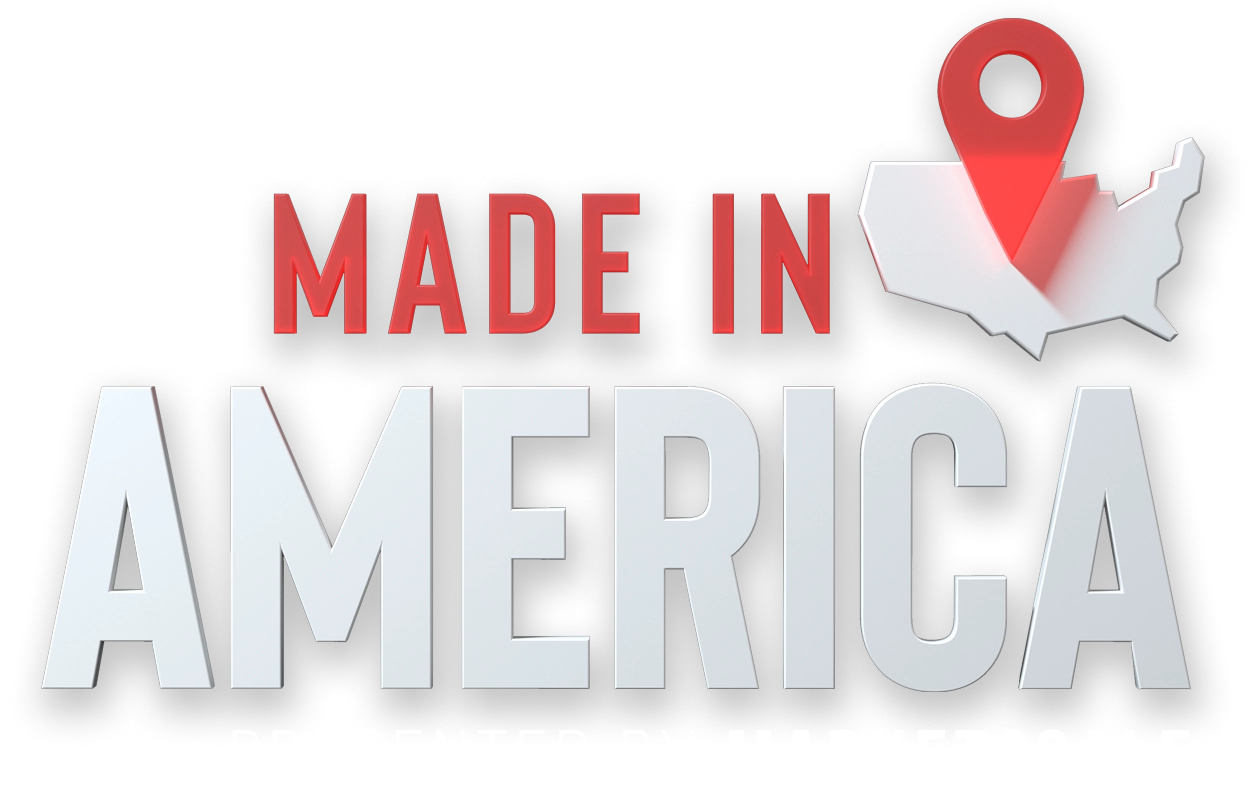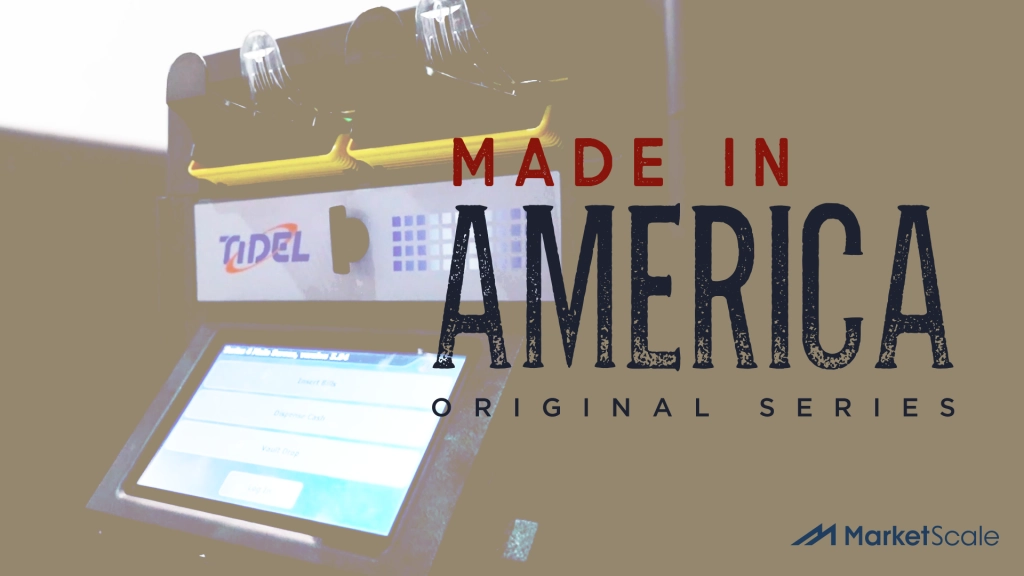Made In America: FSG
Often, the first thing that draws you into a business is its sign. Whether it’s a restaurant sign off of the highway offering a much-needed meal or a gigantic sign on the side of a stadium, a sign is the biggest indicator to customers that a business is open.
But, too many times, it’s also the last thing a business considers prior to opening. On this episode of Made In America, the Voice of B2B, Daniel Litwin, travels to Austin, TX to visit the Facility Solutions Group sign manufacturing plant. He’ll goes behind the scenes, learning how they tackle signs of all sizes – from AT&T Stadium to Revolver Brewing.
Through the Years
Throughout modern culture, signs have been made in a variety of ways but the life cycle of popular designs has never moved so quickly.
When neon signs first rose to popularity, it was largely due to the fact that motion could be simulated through the design of the coils in the sign. One iconic use of this was through Vegas Vic, a cowboy that winked at tourists in the heart of downtown Las Vegas.
Since channel letters, lamps and now LED have taken over the sign market, the way FSG manufactures has significantly changed. So many different design aesthetics can be simulated through LED that most new “neon” signs are actually just LED signs designed as a throwback to the vintage look of yesteryear.
Emphasis on theCraftsmanship
Once the vinyl is cut and laminated, it’s ready for fabrication. If the specs of the project are too big, too weighty or not compatible with the requirements of their Accu-Bend machine, the sign will get a more manual treatment. FSG’s Shop Foreman, Grant Maynard, walked Daniel through how hands-on the craft of making signs still is even in this digital age.
Coming Up Next
Stay tuned on MarketScale for every episode of Made In America and bonus content from each stop!





